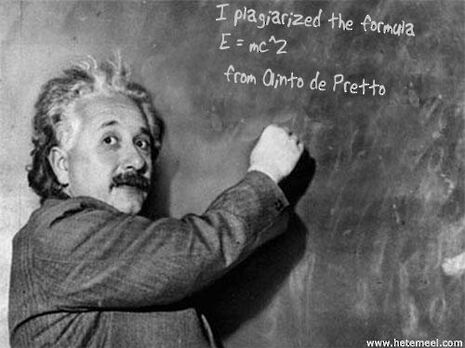Science and religion may seem like opposites, but we need to learn to live with both
Sofia Weiss argues that while science and religion may sometimes conflict, the important thing is coexistence

Some of those reading will likely be aware of the ‘Cold Dark Matter Theory’ for the Universe’s formation and its illustrious co-developer: Joel Primack. They may not have known – until now – that Primack believes in God. On learning this fact, one of two reactions is likely to ensue: they will gasp and roll their eyes, or they will smile smugly in that easily recognisable ‘I-told-you-so’ fashion. After all, we might exist in the progressive milieu of 2016, but science and religion are still largely cast as opponents in a battle for human minds.
Such dissonance extends into the scientific community in its near-entirety. Those who question religion often contend that every piece of data that we possess indicates that the Universe operates according to unchanging, immutable laws. Such laws don’t allow for the whimsy of divine choice to incite change in a manner outside these laws. Yet 20th-century breakthroughs in chaos theory and quantum mechanics, for example, also suggest that the workings of the Universe cannot be predicted with absolute precision.
Hence, even as science progresses in its reductionist fashion, moving towards deeper, simpler, and more elegant understandings of particles and forces, there still remains a ‘why’ at the centre, as to why the ultimate rules are the way they are. At this critical frontier, some scientists find religion. Indeed, to many, their conclusions in themselves may not be that different from religious revelations.
The crux of the issue as an omnipresent clash lies in the burden of proof: empirical data is the basis of the scientific method. Followers of many religions have long sought direct evidence of their beliefs, and systematically come up dry. Of course, this is also true for scientists who look for phlogiston, or more recently, cold fusion: no scientist has managed to prove that cold fusion does not exist, but most would assign a low probability to it because the not-insignificant number of attempts in their quest have been all but fruitful.
One might interpret this to mean that any individual – in our case a fellow scientist in their second home of the research lab – is still free to believe that their religion has not yet been disproven, and perhaps even consider this sufficient evidence in favour of their convictions. However, I would argue that anyone who seeks to bring science into the argument must acknowledge that the evidence thus far is weak, especially when it is combined statistically, for example, in the fashion of meta-analysis.
Returning to the case of phlogiston, a further discrepancy in the scientific and religious approaches comes to the fore. When Antoine-Laurent Lavoisier showed that combustion required a gas that has mass (oxygen) and could be measured by means of weighing closed vessels, the phlogiston theory was buried. It assumed too much. This method of science as a process of iterations is largely irreconcilable with religion: the latter is unapologetically based upon scripture that cannot be re-written, and the interpretations of which are somewhat resistant to change.
Hence, while non-scientists and scientists alike are still free to believe whatever they choose, the grounds for religion have to be the same as they ever were: faith, not science. Science cannot absolutely prove that there is no divine creator, but its tools do allow us to weigh the existing evidence, and assign likelihoods to religious hypotheses. Ignoring this does science a disservice.
Such a judgement does not, however, merit the bashing of the religious among us. When we consider the integration of science and religion, I believe that the task at hand has been incorrectly defined. Coexistence is not a question of whether the two issues can resolve their differences, make friends and skip together hand-in-hand into the horizon. It would seem to me that the vital issue is whether effective, even revolutionary, science can be achieved by scientists, religious and otherwise, working in tandem. Empirical evidence – the scientist’s favourite metric – would suggest that the answer to said query is a resounding yes: just look at Primack and his collaborators.
In this light, Einstein’s infamous aphorism that “science without religion is lame, religion without science is blind” seems rather irrelevant. The more pertinent realisation is that science and religion can and do coexist in our laboratories, and that perhaps the hour has come to put an end to the trivial arguments and get back to the business of discovery
 News / Clare Hall spent over £500k opposing busway 24 December 2025
News / Clare Hall spent over £500k opposing busway 24 December 2025 Comment / The ‘class’ of Cambridge24 December 2025
Comment / The ‘class’ of Cambridge24 December 2025 News / Caius mourns its tree-mendous loss23 December 2025
News / Caius mourns its tree-mendous loss23 December 2025 News / Girton JCR publishes open letter expressing solidarity with Palestine25 December 2025
News / Girton JCR publishes open letter expressing solidarity with Palestine25 December 2025 Comment / Yes, I’m brown – but I have more important things to say22 December 2025
Comment / Yes, I’m brown – but I have more important things to say22 December 2025









